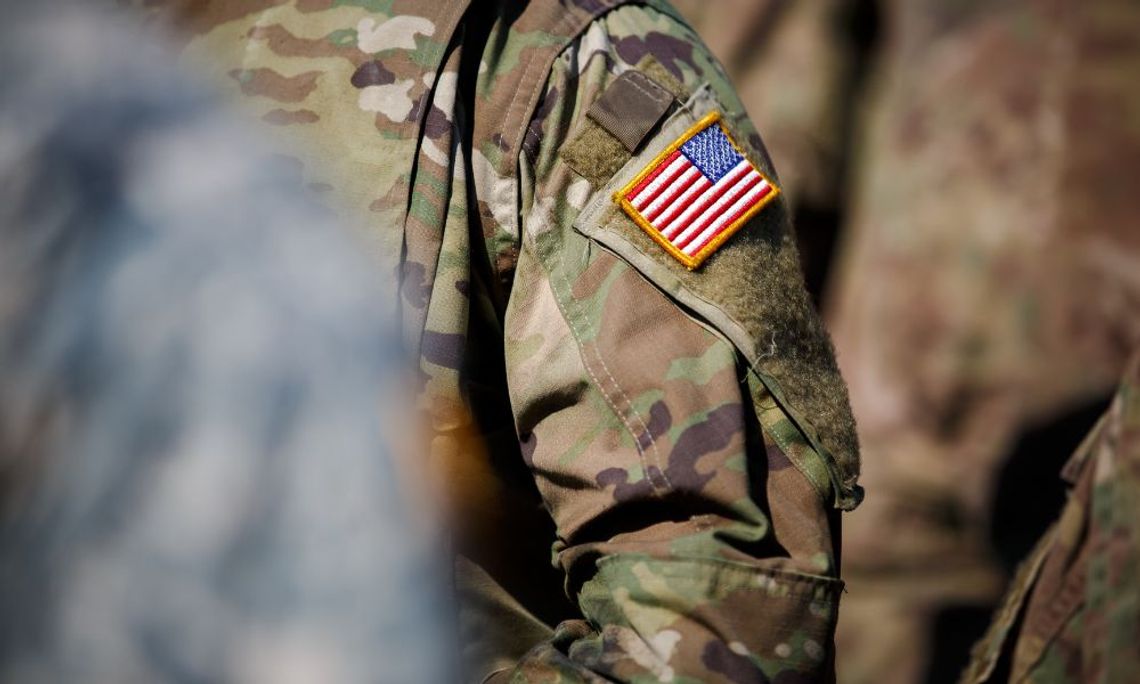The different branches of the military have their own uniforms, all of which differ in many ways. Some military branches have more uniforms than others, and the branches typically cycle through their uniforms every five years or so for updates. Some uniforms get added to the list, while others are phased out.
However, if you break down the different military uniforms by their duties and when they’re meant to be worn, you can easily categorize them into three different divisions. Here are the different types of military uniforms, in no particular order.
Dress Uniform
Dress uniforms are specifically designed for formal events such as military ceremonies, military balls, exceptional command events, and special command–approved events such as weddings and funerals. These are typically seen as displays of pride and honor, and they represent the highest form of military bearing. Every veteran and service member who wears them takes care to keep them looking flawless.
Working or Utility Uniform
The working or utility uniform is the most commonly worn uniform in the Armed Forces. It can appear very utilitarian in nature—for instance, airmen wear jumpsuits on flight decks—or it may comprise a more professional shirt, slacks, and tie, with ribbons and rank sewn onto the garments. Working uniforms are used solely for business purposes.
Camouflage or Field Uniform
This type of military uniform is for tactical training and wartime applications. Service members wear field uniforms while deployed to remain tactically ready, no matter what their job. These uniforms serve the ultimate purpose of keeping the service member prepared for action. The camouflage colors help soldiers blend in with their surroundings. The excess pockets are for rations, ammunition, and tools; the boots are for hiking long distances over rough terrain; and the cover is to protect the head from injury.


Comment
Comments